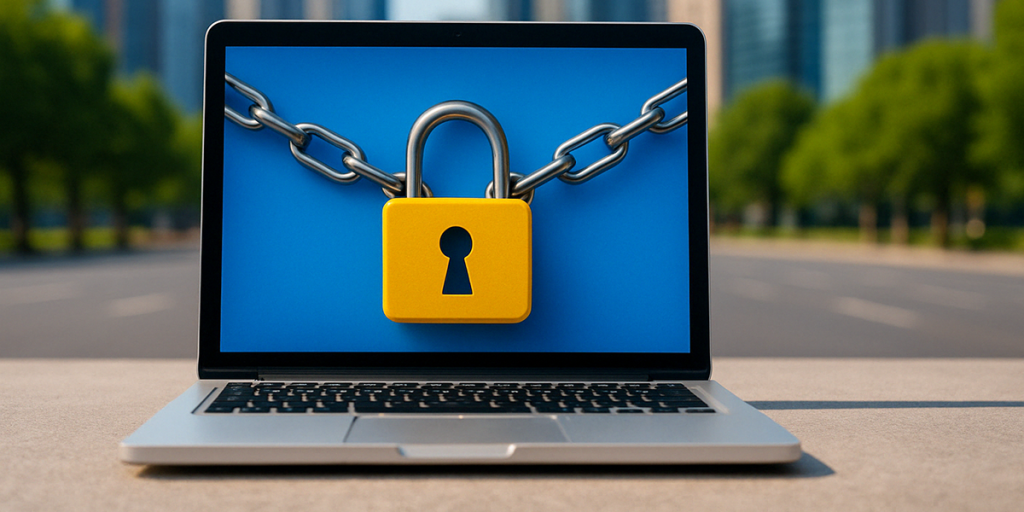Table of Contents
10 WordPress Security Tips to Protect Your Website
If your WordPress site isn’t protected, it’s not a matter of if it gets hacked — it’s when.
Every day, over 30,000 websites are hacked, and 43% of all cyberattacks target small businesses. Your website is your digital storefront, and like any storefront, it needs serious protection. As a digital marketing agency that designs and develops WordPress custom websites, we understand the importance of keeping your website safe. In this guide, we’ll walk you through ten critical security strategies that will shield your WordPress website from threats, spam, and vulnerabilities — and give you peace of mind.
1. Use a Security-Focused Hosting Provider
Think of your web host as your site’s physical location. You wouldn’t put a jewelry store in an unsecured alley, right?
Choose a hosting provider that offers:
Malware scanning
Firewalls
Daily backups
DDoS protection
👉 We recommend platforms like SiteGround, WP Engine, or Flywheel — all optimized for WordPress.
2. Install a WordPress Security Plugin
A security plugin is your site’s alarm system. Popular options include:
Wordfence Security
Sucuri Security
iThemes Security
These plugins help with firewall protection, malware scanning, login attempt limits, and brute-force attack prevention.
💡 Pro tip: Set up email alerts for suspicious login activity. Check out WordPress General Security Tips
3. Keep WordPress Core, Themes, and Plugins Updated
Outdated software is the #1 reason WordPress sites get hacked.
Each update includes security patches for known vulnerabilities. Make it a weekly habit — or automate it — to check for:
WordPress core updates
Plugin updates
Theme updates
🚨 Don’t forget to delete inactive themes/plugins too — they’re still entry points.
4. Use Strong Passwords and Two-Factor Authentication (2FA)
It’s 2025 — “admin123” won’t cut it anymore.
All user accounts should:
Use unique, complex passwords
Avoid using “admin” as a username
Enable 2FA for logins
Services like Google Authenticator or Authy make 2FA easy and secure.
5. Secure Your Web Forms
Your contact forms can be a hacker’s backdoor if not secured.
Use plugins like WPForms or Gravity Forms with:
reCAPTCHA v3 or hCaptcha integration
Input validation to block injections
Honeypot spam protection
💬 Anecdote: A local client received 500 spam emails a day before we locked down their forms. After tightening form security? Zero spam.
6. Limit Login Attempts and Use CAPTCHA
Brute-force bots try logging in thousands of times until they crack it.
Prevent this by:
Limiting login attempts with Limit Login Attempts Reloaded
Adding CAPTCHA to login and registration pages
Hiding the default login URL (
/wp-login.php)
🛑 This slows down bots and frustrates attackers.
Recommended: Google reCaptcha for webform SPAM security
7. Regular Backups (Cloud + Local)
If something goes wrong, a recent backup is your safety net.
Use tools like:
BlogVault
Make sure backups are stored off-site (like Google Drive, Dropbox, or Amazon S3) and scheduled daily.
8. Install an SSL Certificate and Force HTTPS
SSL encryption is no longer optional.
Google flags sites without HTTPS as “Not Secure”
46% of users say they won’t trust or use a non-secure site (Jonroc)
Solutionarian includes SSL as standard — no extra charge.
Pro Tip: Get your free SSL Certificate at Let’s Encrypt
9. Monitor User Activity and Audit Logs
Know who did what and when.
Plugins like WP Activity Log or Simple History help you:
Detect suspicious activity
Track file changes
Identify unauthorized access
🎯 This is essential for businesses with multiple admins or editors.
10. Use a Web Application Firewall (WAF) and CDN
A WAF filters malicious traffic before it even reaches your site.
Cloud-based services like:
Cloudflare
Sucuri Firewall
StackPath
offer built-in WAF and CDN for speed and security. Bonus: you get faster load times, which helps SEO!
Why Inaction Could Cost You
If your WordPress site isn’t secured, you’re not just risking downtime — you’re risking:
Lost revenue
Damaged reputation
Google blacklisting
Legal liabilities (if customer data is leaked)
💸 A hacked website can cost thousands to recover. Proactive protection costs just a fraction.
How Solutionarian Can Help
At Solutionarian Marketing & Web Design, we offer:
Secure WordPress hosting
Managed updates and maintenance
Web form spam protection
Full website backups
Monthly reporting
👉 Ready to protect your site and sleep better at night?


